
Arts & Culture
Through Art, Hady Boraey Honors His Heritage
In the coziest corner of the beautiful gallery, Rkan, we sat down with Hady Boraey – the brilliant Egyptian artist – and talked about his journey, creation process, and artworks. Boraey produces works that honor the illustrious past of his native country while maintaining a unity of theme and feeling. Despite being influenced by the legacy of the previous Egyptian period, he still succeeds in spreading his work to all corners of the world. His imagination is stimulated by both mythology and family history. His canvases frequently feature people holding chiseled stones as a representation of the life narratives people carry within themselves during the time. Both eternal and meaningful. We asked him a few questions to get familiar with his story and the passion behind each canvas.

Can you share your background story? How do you recall your first encounter with the artistic side of the world?
Ever since I was a child, I was very fond of the art of storytelling, all things history, and intimate ideas of how the universe was created, or as we call it the ‘Bing Bang’ theory. These stories had a powerful impact on my personality. Growing up, I found inspiration in mythologies – those verbal stories transmitted through history without written evidence. The reason behind my authentic fascination with these stories goes back to the valuable concept of reconciliation. I am talking about true reconciliation, whether an artist finds a haven in the words, or just the mere belief in the lives and experiences of the people before them. The fact that all individuals have a strong conscious to create and visualize what is beyond assumptions is truly admirable.
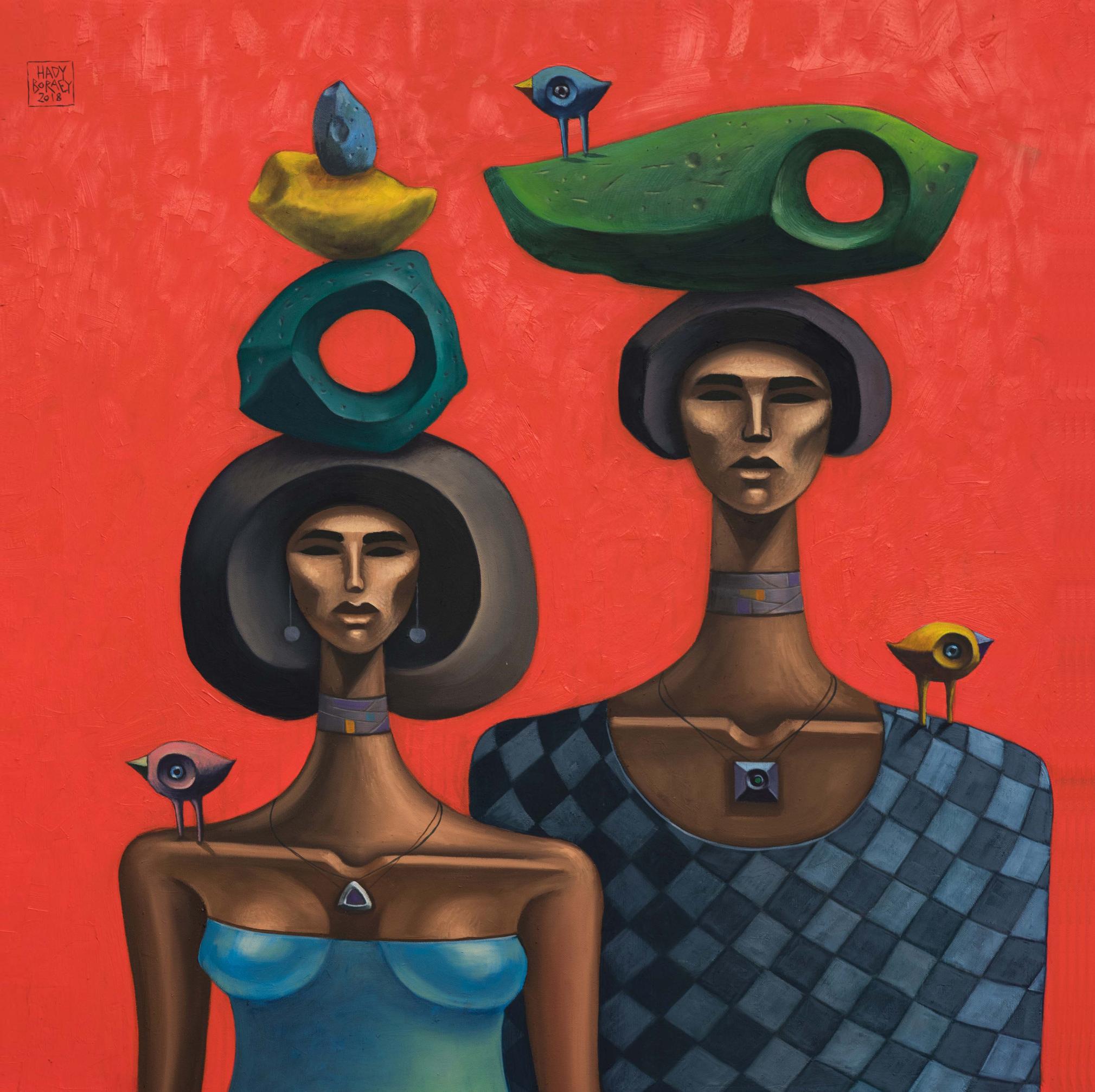
What is art?
I would describe art as simply a window to the world, an eye that holds a significant perspective on the core of life with all its meanings, similarities, and differences. I don’t believe that it solely depends on how an individual is good at imitating lines and figures; on the contrary, you have to have a story to tell the world through your art, to walk the people through a timeline of events and have them wonder what type of thoughts prevailed in your mind whilst creating. True artists usually see what lies beyond people’s vision, I believe they have a higher sense of existentialism.
Do you have a role model that you’ve drawn inspiration from when designing your art?
I find Abdel Hadi Al Gazzar and Hamid Nada to be two of my favorite artists. I recall one time reading a book about Abdel Hai Al Gazzar’s artworks at the faculty library, and I felt an instant connection on a personal level. How much he talked about the subterranean world with such passion dazzled me. I was fond of his work, ethics, and the fact that his works became well-known to the public after he was gone.
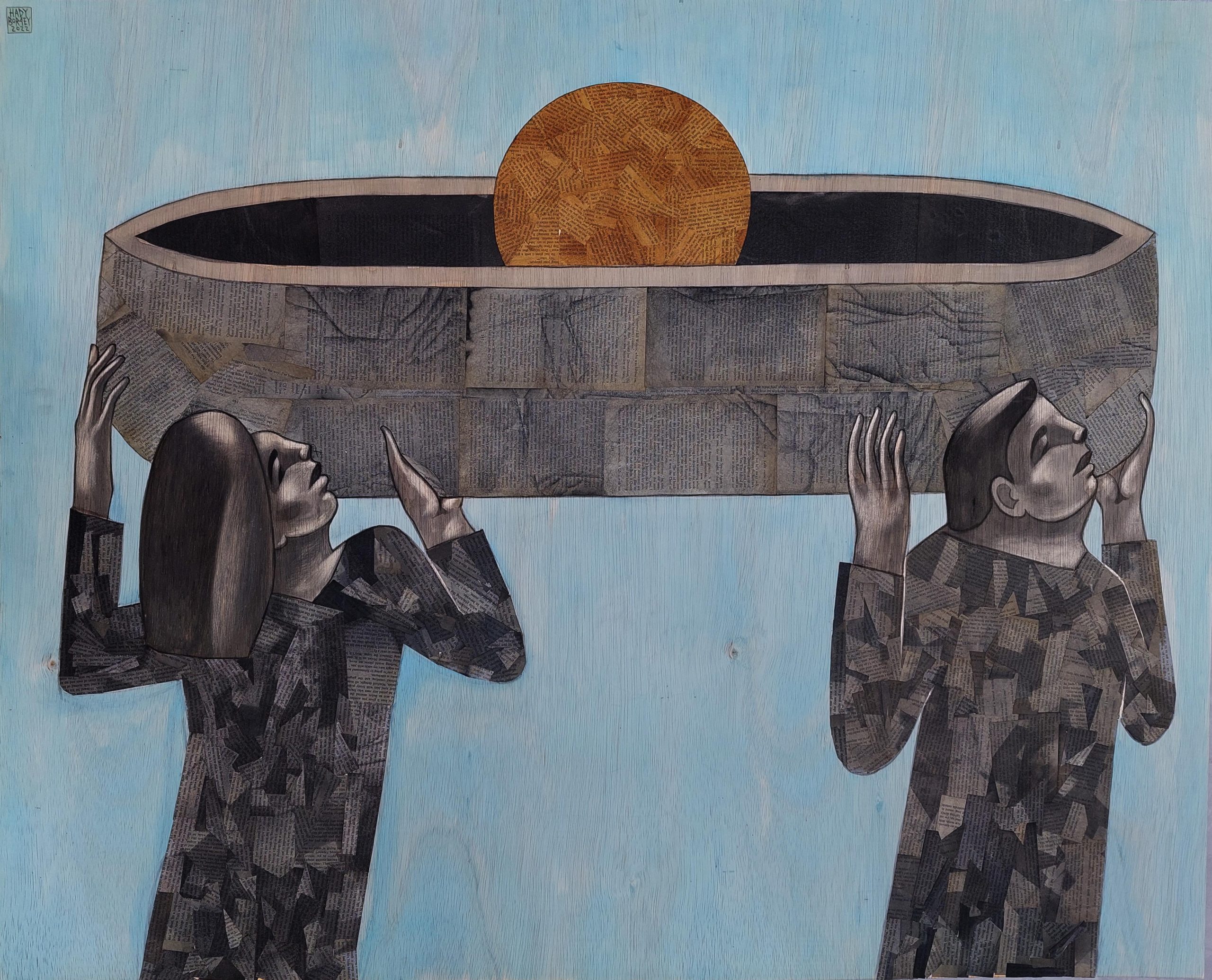
What does your art aim to say to your audience?
I don’t want anyone to encounter anything strategic when they gaze at my art. They see exactly what they perceive. I’m not attempting to make any particular points. They are free to interpret my creations however they like. I wish they see themselves or the particles of their lives in it. That is why art is expressive and beautiful.
Tell us a bit about your go-to creative process as you create new artwork.
If the process includes design aspects besides the artistic ones, it starts with brainstorming, then putting thoughts into sketches, and finally comes the production step. If I am working on a painting, it all comes down to the creative flow I have at that time. The truth is that every artist has a different approach to the process. My emotions always play a significant role. That is where “the meaningful piece of artwork” comes in. I have to depict a true story or a point of view in my work. Every kind of art is emotional. Both you and the observer must be intrigued. You are the one who makes it emote; it can be depressed, enraged, floral, or serene. Long as it is spontaneous, it is true and momentarily.
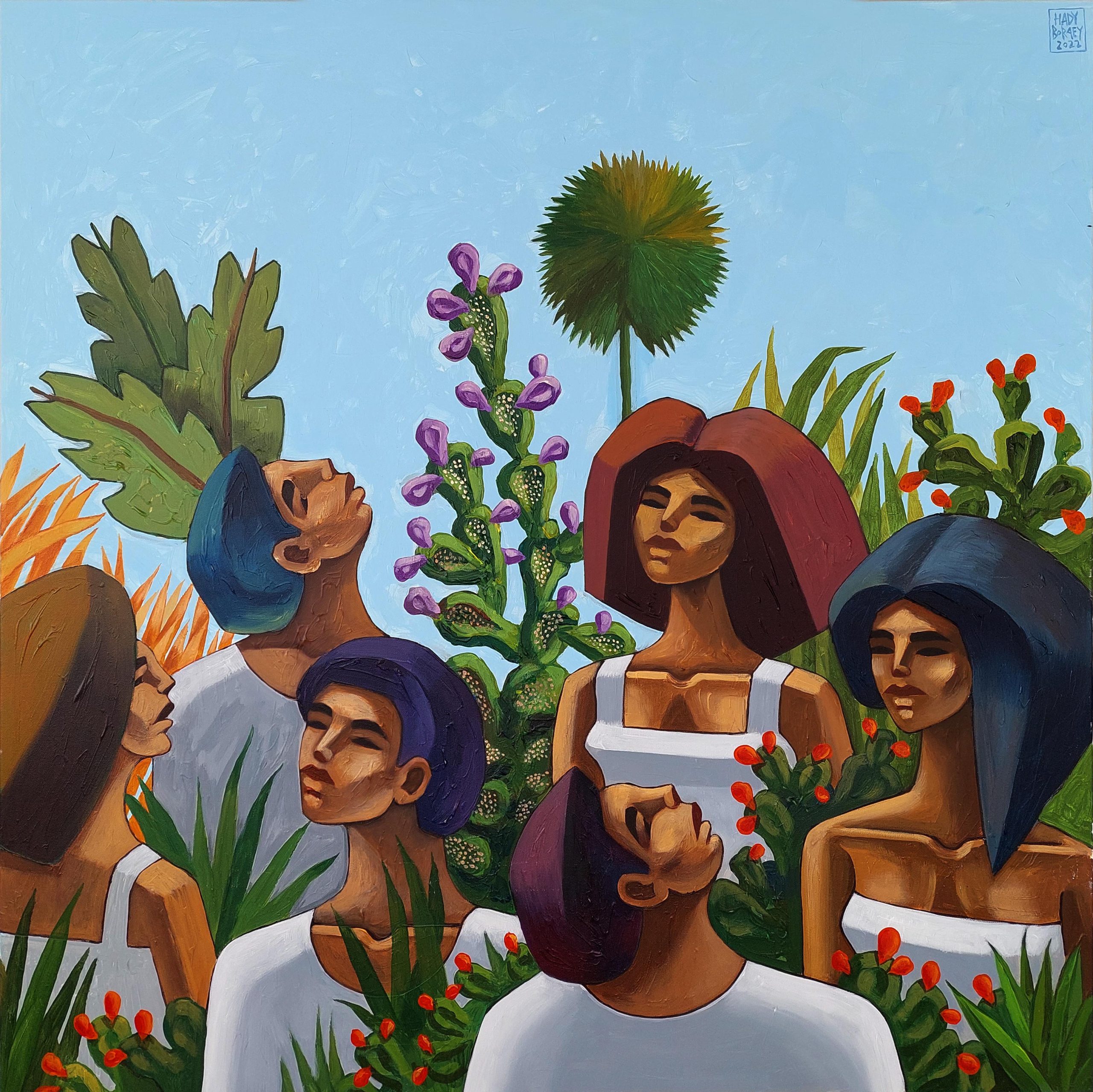
It might take a few days, a few weeks, a few months, or even longer to create what you’ve imagined. I prefer to take my time and avoid rushing the creative process because so much relies on the medium, the level of precision required, as well as your focus, the amount of time you have available, and your temperament or artistic style. In the end, you want your creation to have the same significance, motivation, appeal, and beauty for others as it does for yourself. Most people don’t understand that art frequently has a much deeper meaning.
What is the scope of your artwork? Let’s talk materials.
I prefer to experiment when it comes to art in general. Sometimes I even get inspired by other artists when traveling or during my residencies. In my recent collaboration with Rania at Rkan, we merged art and design as two creatives. The idea behind the design was to create a usable piece whilst embedding the identity of the artist and his storytelling.
This definition makes design indisputable art. It exists in all human cultures. Creating art results in the creation of things, shows, and events. Accordingly, designers purposefully incorporate a lot of aesthetic appeal into their work. Every piece of artwork took us some time to think about thoroughly, from the colors to slopes and shapes.
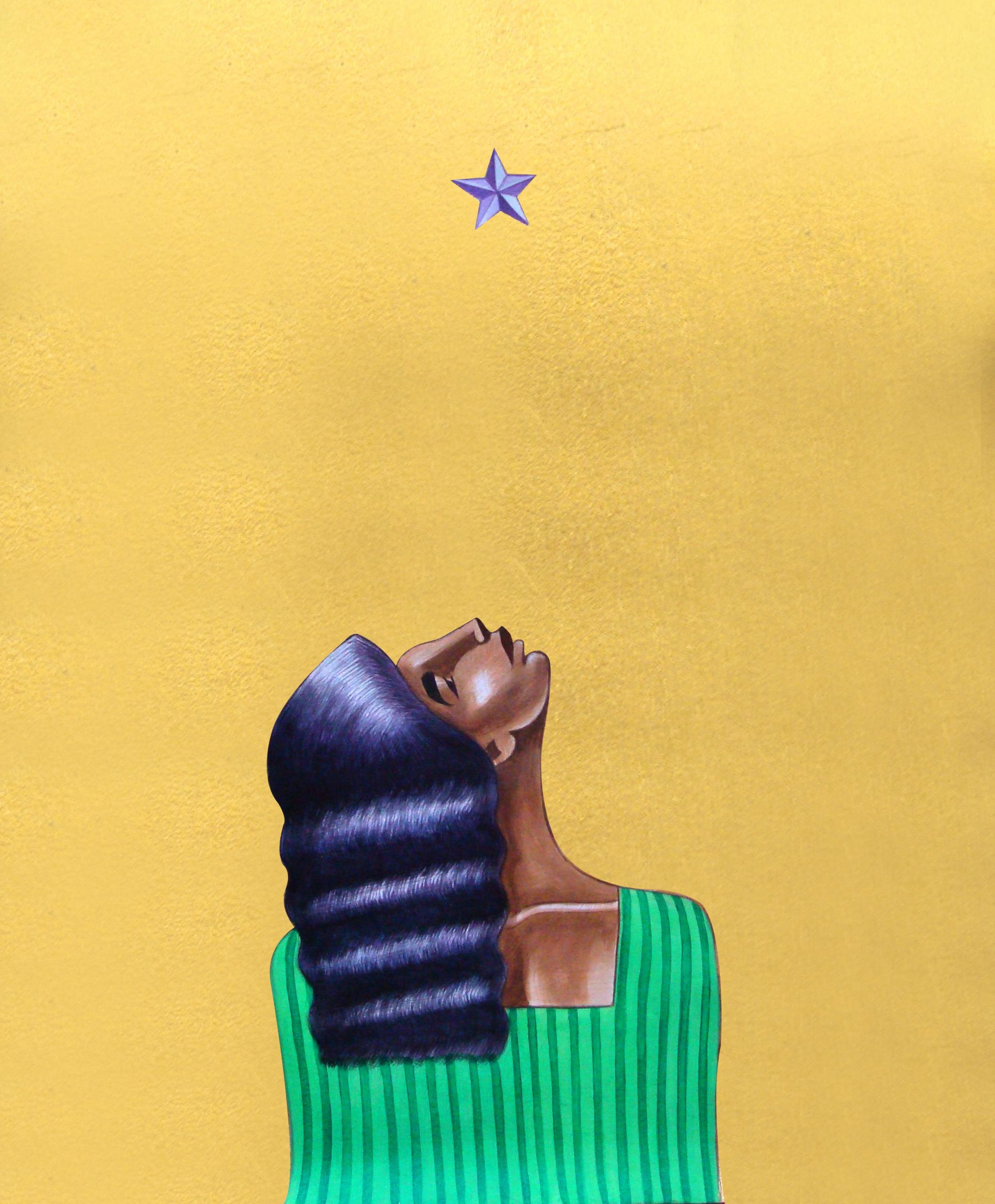
What is the closest piece of artwork to your heart?
I have several paintings; for example, the painting I created when I was in Belgium comes to mind with all the details and feelings I had back then.
How has your art evolved over the years?
My work is constantly evolving. Everything comes down to the drive. I like to think of myself as a seasoned experience gatherer who is constantly seeking out fresh means of self-expression.
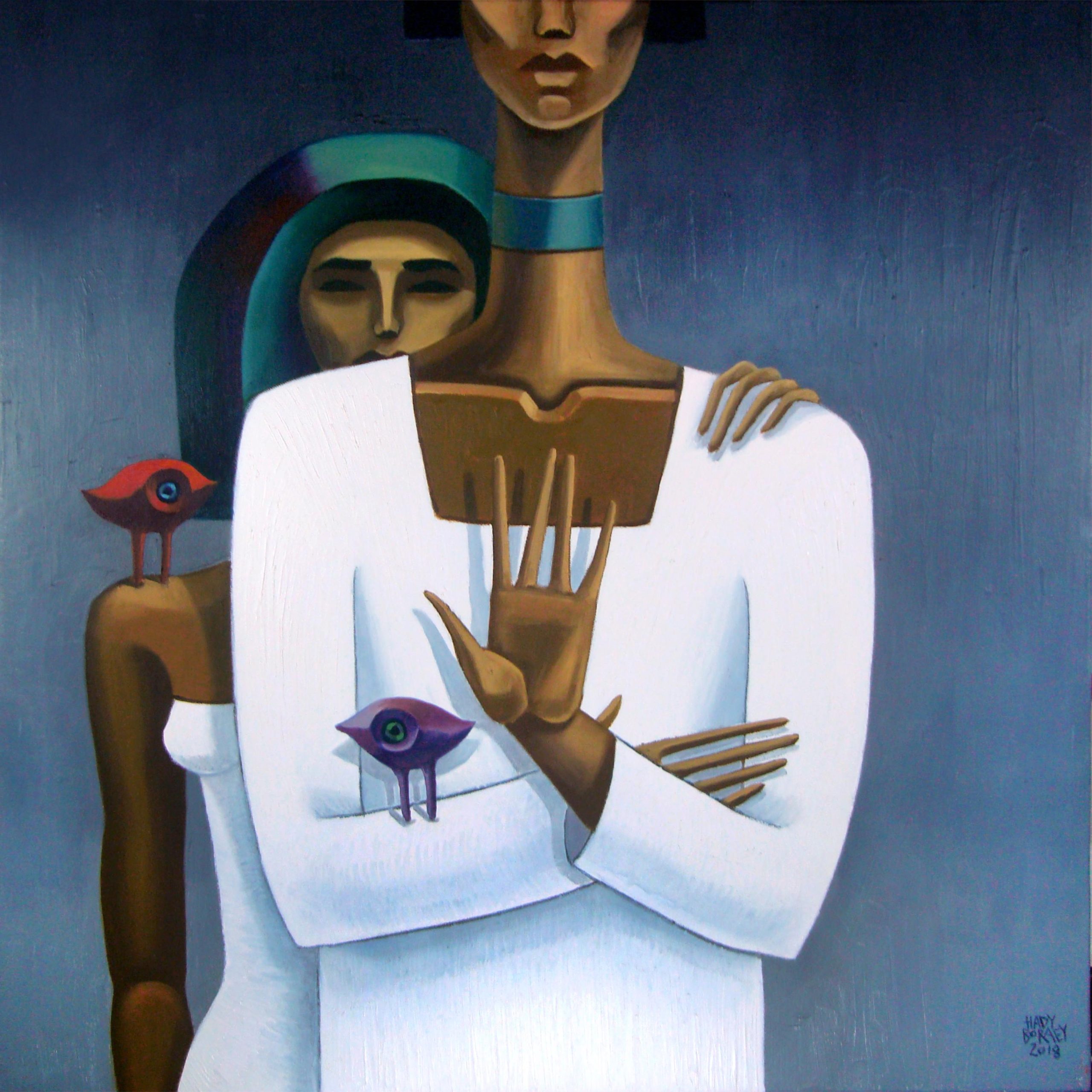
How do you cope with the creative block?
I try to implement some balance. The more an artist is authentic and in touch with his work, the higher the probability of creative blocks they face. The concept of running out of ideas or burnout as we call it becomes normal when the artist is searching for deep meanings, it consumes one’s energy and mentality. Other than commercial art, I believe it is not as weary as much.
Whenever I reach the point of burnout, I like to take care of my plants, be around them and just detach myself from the surrounding. I also feel freer and more fulfilled whenever I go to any rural area that puts me in a grounded simple state of mind. I am talking about Siwa and the desert and similar areas with nothing but mountains, wildlife, and infinity horizons.
What is the scope of your artwork? Let’s talk materials.
I like to showcase life as is, with no extravaganzas or manufactured pretentious luxury. I like to display simplicity through my work; man, woman, the earth, roots, and rocks. Icons and souvenirs took from ground to ground where individuals learned how to live through primarily basic instincts and needs. Living through the earth and staying grounded and in touch with one’s higher self. People forgot what it felt like to connect with the simple basic life due to the fast pace of events at the moment where we lose balance chasing the luxury of all things materialistic. The Fear of missing out on everything and anything is prevailing, that’s why I am persistent in de-layering what life is really about.
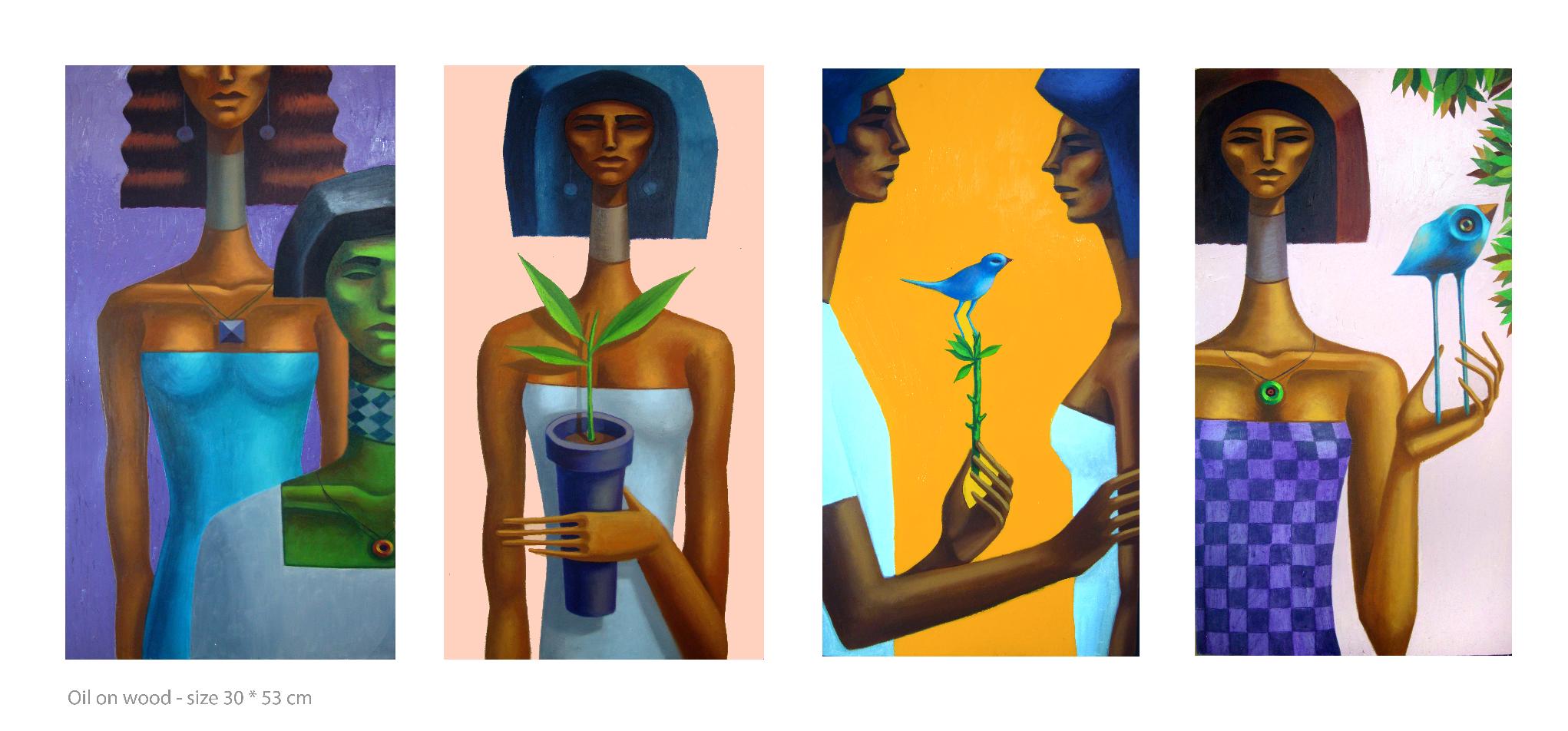
If you were not doing art for a living, what would you like to be doing?
I would have loved to do anything with music and instruments. I always find music therapeutic just as much as painting.
What’s next for you in the future?
I have an exhibition coming up in Oman that I pretty much look forward to.
Where do you have artwork displayed?
Mainly in Gallery Art Talks in Zamalek.

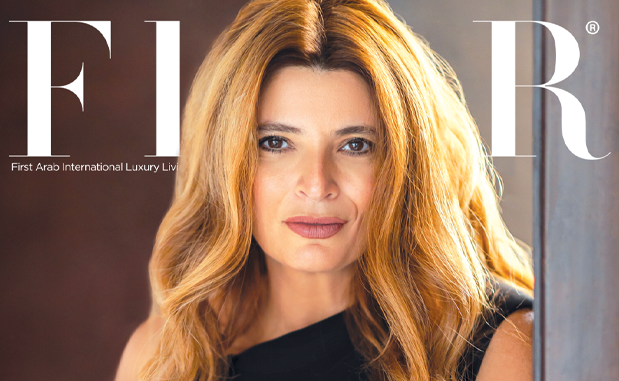


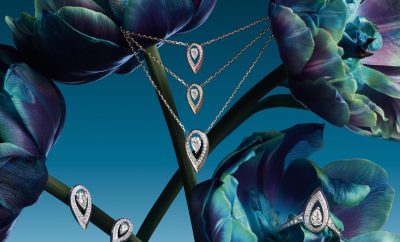
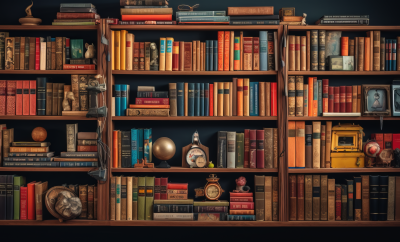




0 comments